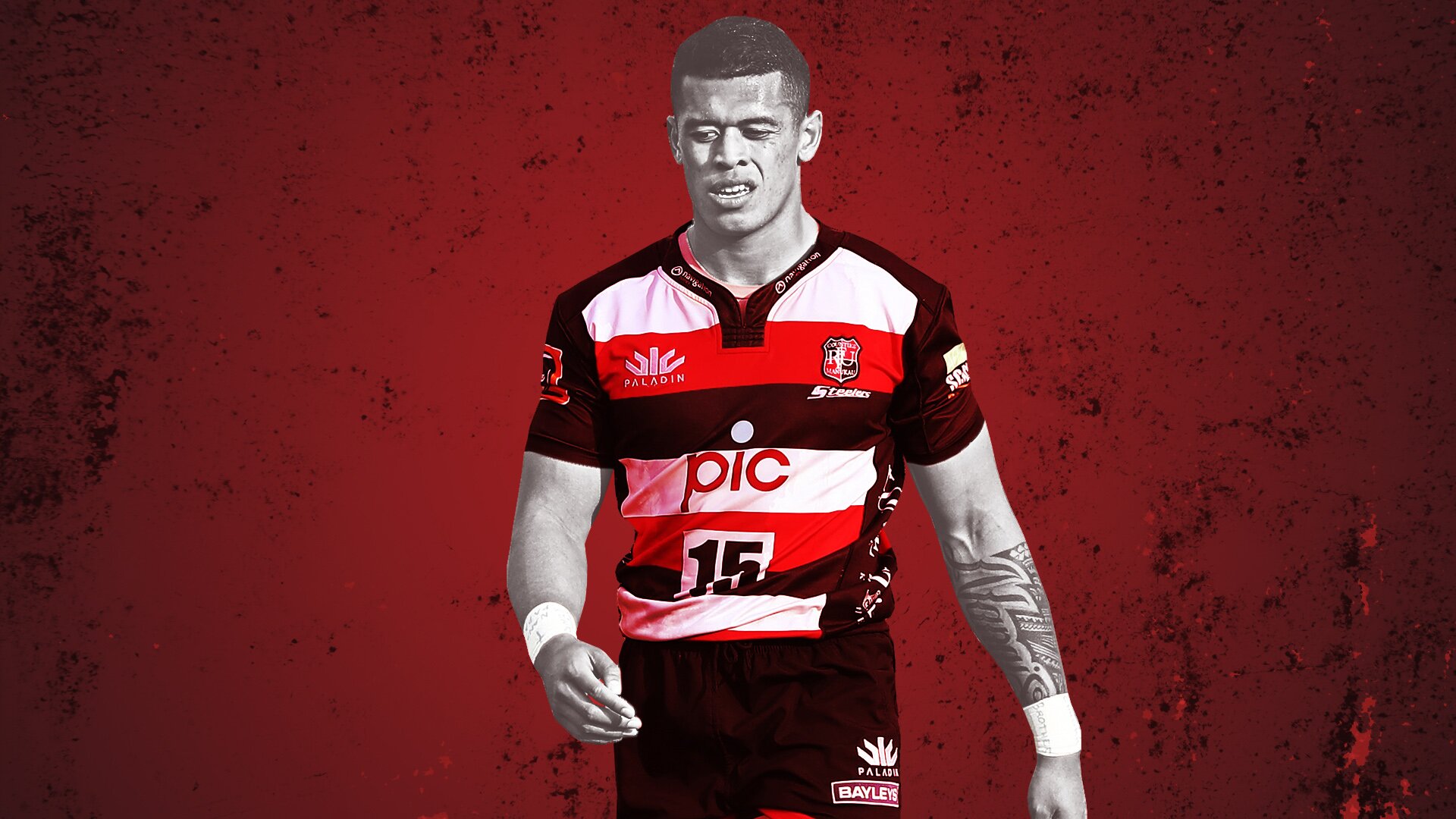The next Nehe: Who will use 2019 to bolt into the World Cup frame?

As is the case in every year preceding a World Cup tournament, the passing of the 2018 international calendar brings the hype and anticipation of the upcoming 2019 Rugby World Cup.
Aside from Argentina’s one-off clash against the Barbarians at Twickenham this weekend, the November test window has officially concluded with a frenzy of tests throughout Europe and the United Kingdom, meaning the focus for the 20 World Cup-qualified teams will firmly shift to next year’s blue-ribbon tournament.
For All Blacks head coach Steve Hansen, the make-up of his 31-man squad for the sport’s global showpiece event in Japan will, for the most part, be solidified.
Most players who have featured frequently for the national side this year should feel a degree of confidence that they will take part in the tournament in 10 months’ time, which means there should be little room for alteration in terms of personnel at this late stage of this current World Cup cycle.
However, as proven by the All Blacks in the last World Cup cycle, there is always room for a few late applications in the final few months leading into the tournament.
Nehe Milner-Skudder headlined a trio of rookies – which included Waisake Naholo and Codie Taylor – that were named in Hansen’s 2015 World Cup squad following a series of spell-binding performances for the Hurricanes throughout his debut Super Rugby season.
Milner-Skudder’s repertoire of supreme agility and ability to break the line at will via his electric footwork made him a ground-breaking prospect for the All Blacks, so much so that he – alongside Naholo – overtook outside back incumbents Israel Dagg, Cory Jane and Charles Piutau to make the final squad.
The concept of Milner-Skudder – or Taylor and Naholo, for that matter – making the cut for the World Cup in September from relative obscurity before Super Rugby started seven months beforehand was almost unfathomable given the solidarity of the All Blacks squad in the years prior to the event.
Nevertheless, by the end of the tournament, Milner-Skudder had become the world’s official breakthrough player of the year after sensational campaigns with the Hurricanes and the All Blacks, while Naholo and Taylor have gone on to become mainstays within the national set-up.
They all proved that a spectacular string of Super Rugby performances can thrust even the most unheralded or inexperienced players into World Cup contention with only months to spare.
Given that the upcoming Super Rugby season will act as one of the final trial runs for All Black hopefuls before the World Cup kicks-off, we look at three players that fit the bill of unheralded or inexperienced and possess the potential to make a late run for Hansen’s squad in the same vogue that Milner-Skudder did three and a half years ago.
The first of these three players is former schoolboy sensation and new Chiefs recruit Etene Nanai-Seturo.
Ever since he made his debut for St Kentigern College’s 1st XV as a 15-year-old back in 2015, the hype surrounding Etene Nanai-Seturo has been ever-present, and justifiably so.
There is a reason as to why New Zealand Rugby had to fight as hard as they did with the Warriors to acquire the services of the 19-year-old at the beginning of the year, and that is because of the freakish offensive talent that he possesses.
Nanai-Seturo’s top-end speed, immensely impressive footwork and explosive power and strength were key ingredients in making him a vital contributor to the All Blacks Sevens’ gold medal success at the Commonwealth Games in April, and it was those factors that spectators of the Mitre 10 Cup keenly anticipated when he made his debut for Counties Manukau later in the year.
He showed glimpses of what he was capable of in his first taste of first-class action, and that was enough to earn the outside back a spot in the Chiefs’ 2019 squad.
It is there where he will likely overtake incumbent right wing Sean Wainui to create a formidable back three trio with Solomon Alaimalo and Shaun Stevenson – a frightening prospect for the rest of the competition.
However, he faces a stern challenge in wedging his way into the All Blacks squad as an outside back.
That area of the team is already heavily congested, as Rieko Ioane, Ben Smith, Damian McKenzie, Waisake Naholo, Jordie Barrett, Nehe Milner-Skudder and George Bridge all received playing time in the back three positions throughout 2018.
Therefore, they are the front-runners in terms of selection for next year’s World Cup.
The outside back slots are by no means secured though, as Ioane and Smith are the only back three specialists that can pencil themselves in for Japan 2019, while McKenzie is likely to head over primarily as a first-five option.
That leaves two remaining outside back positions, and who could fill those is anyone’s guess.
Barrett and Naholo are currently the favourites after they were named in the All Blacks’ end-of-year tour squad, but, as Milner-Skudder proved in 2015, it would only take a stirring Super Rugby campaign from him, Bridge, or any other outside back – including Nanai-Seturo – to catapult them into contention.
With the strength of support he will have around him in the back three at the Chiefs, combined with his supreme athletic prowess and lethal attacking ability with ball in hand, there is every chance that Nanai-Seturo could challenge for a place at the World Cup if he fulfils his limitless potential in Super Rugby next year.
In other news:

























